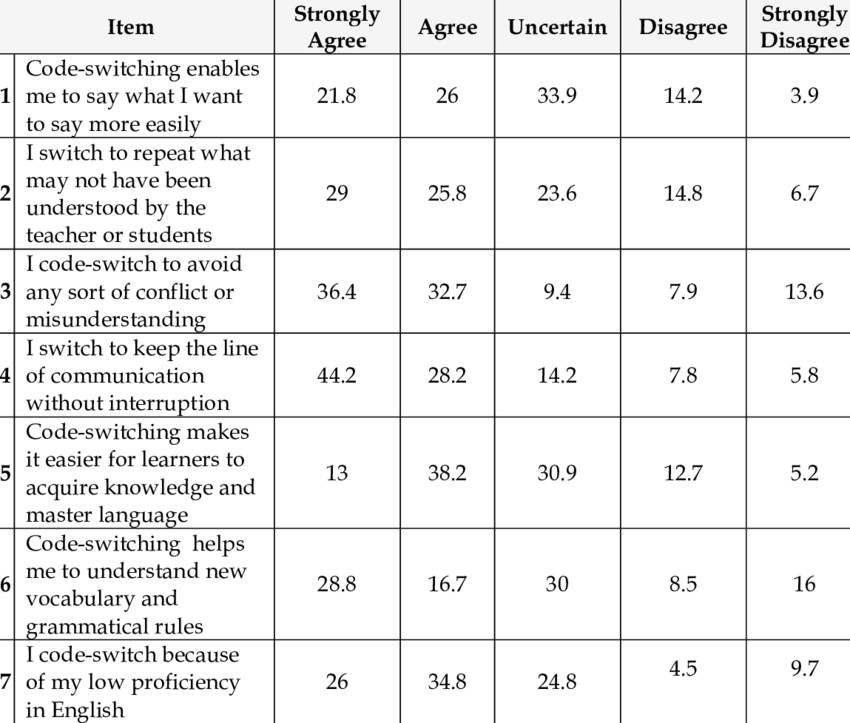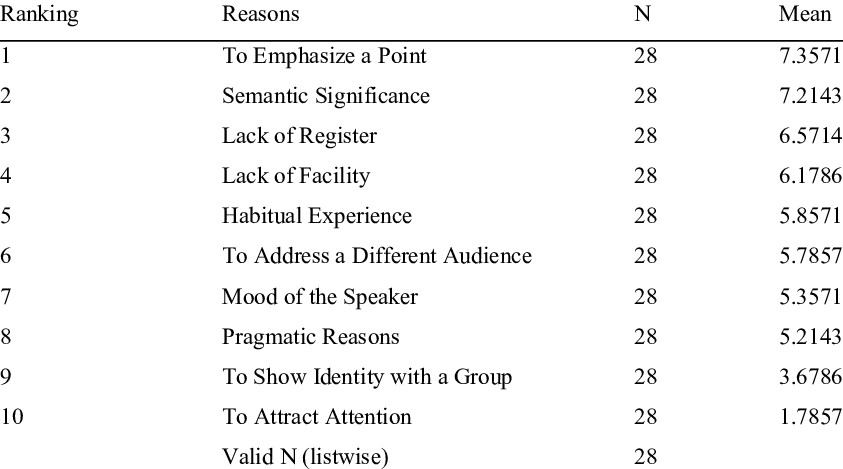Code Switching: Language Affirming Classroom For Multilingual Learners
TEFL teachers these days are really busy pursuing the sacred goal of language immersion and are slowly slipping into code-switching which rather feels sacrilegious. However, if you have completed 120 hours TEFL certificate course and are into language pleasure, you will know it is kind of like a guilty pleasure.
Thus, if you are not sure about code-switching and feel like it is some kind of an evil distractor to sway you away from your goals, you are in for a treat. Tune in to learn how this technique can be helpful in a multilingual classroom and why people code-switch in the first place.
What Is Code Switching?
Code-switching is the act where teachers consciously alternate between two languages during a conversation to make learning more accessible to all. They can seamlessly switch back and forth without pausing often starting and ending with different languages.
Sometimes educators also insert words from a different language in between a sentence, commonly referred to as code-mixing. And while code-switching, it is not only the words that change, but people might speak slower or faster, softer or louder, and mix the pitch of their voice with a change in their body language and facial expressions.
Why Do Teachers Code Switch?
Code-switching is a very complex and personal behavior of ESL trainers, and it can be used for a lot of different reasons. Here is a sneak peek of some of the most common ones.

- To Address Complicated Topics
Masculine or feminine articles and verb conjugations are often difficult for teachers to explain and hence they briefly switch to the student’s native language to explain complex topics of grammar better.
- To Build Rapport
It's a no-brainer that students learn better and feels more comfortable in a supportive and warm environment. Hence, teachers address potentially nerve-racking topics in a more favorable language to build positive class rapport.
- To Clarify Instructions
To ensure that the students clearly understand and accomplish all the learning objectives, teachers sometimes revert to their native language. This allows the students to learn efficiently in a limited time.
- To Fill Gaps In Conversation
When you set foot for the first time in a foreign country it is natural to feel awkward. And just so you know your students feel the same way. Thus, code-switching is sometimes a great practice to fill in the silence during a full-blown conversation.
Instructional Practices To Support Multilingual Learners
In a school setting, multilingual learners are often seen as a disadvantage, but they can come with unique strengths and gifts.

Hence, here are three tips to make everyone feel welcome.
- Get Your Students Talking
Multilingual learners need various opportunities to engage in meaningful conversations in a class. However, this is often challenging when all they are required to do is sit quietly during discussions and watch others do the talking. Sometimes your students are listening, but often times they are just silent because of fear or correction.
Thus, if you want to get everyone talking then it s best to incorporate inclusive talk structures in your lesson plans. Vary your type of discussions to increase student interaction and generate opportunities to assess understanding and make them feel comfortable with each other.
- Make Texts More Accessible
One of the most challenging times of the day for multilingual learners is the literacy block. Students often end up in frustration and confusion while reading a text if they feel they are not supported enough.
Thus, to make all your study materials more accessible and allow the students to absorb new information, you must take care of the representation and the delivery mediums of your lessons. Keep in mind all the different types of learners in a class and design your session accordingly.
- Be Flexible With Assignments
As TEFL teachers you might give numerous assignments to your students that require English language proficiency. However, they might not always be in alignment with your student's needs and expectations.
Therefore having a variety of assignment formats like performance tasks, projects, open-ended prompts, or assessments that are culturally relevant can be an accurate source for reviewing and grading your students.
Inclusive Practices To Create A Language-Inclusive Classroom
A language-inclusive classroom is more of a mindset than a practice. Thus, in addition to the instructional practice, here are some mindset changes that you must adopt:
- Never criticize or mock any students’ grammar or accent. Instead, affirm and embrace language diversity.
- Expand learning from the walls of the classroom and arrange for field trips, community events, service projects, etc. to give them more exposure.
- Make space for diversity of language, experience, culture, thought, etc to ensure that everyone feels welcomed and included.
Be Culturally Responsive Educators
When you are trying to build a language-inclusive classroom you might also want to nurture, respect, and protect your students diversified linguistic, cultural, and racial identities. Thus, make conscious efforts to include all voices of conversation and make learning possible. However, if you are just beginning your ESL journey and have no idea what is in store for you, consider pursuing 120 hours TEFL certificate course to be aware of the earning styles and learner types.




